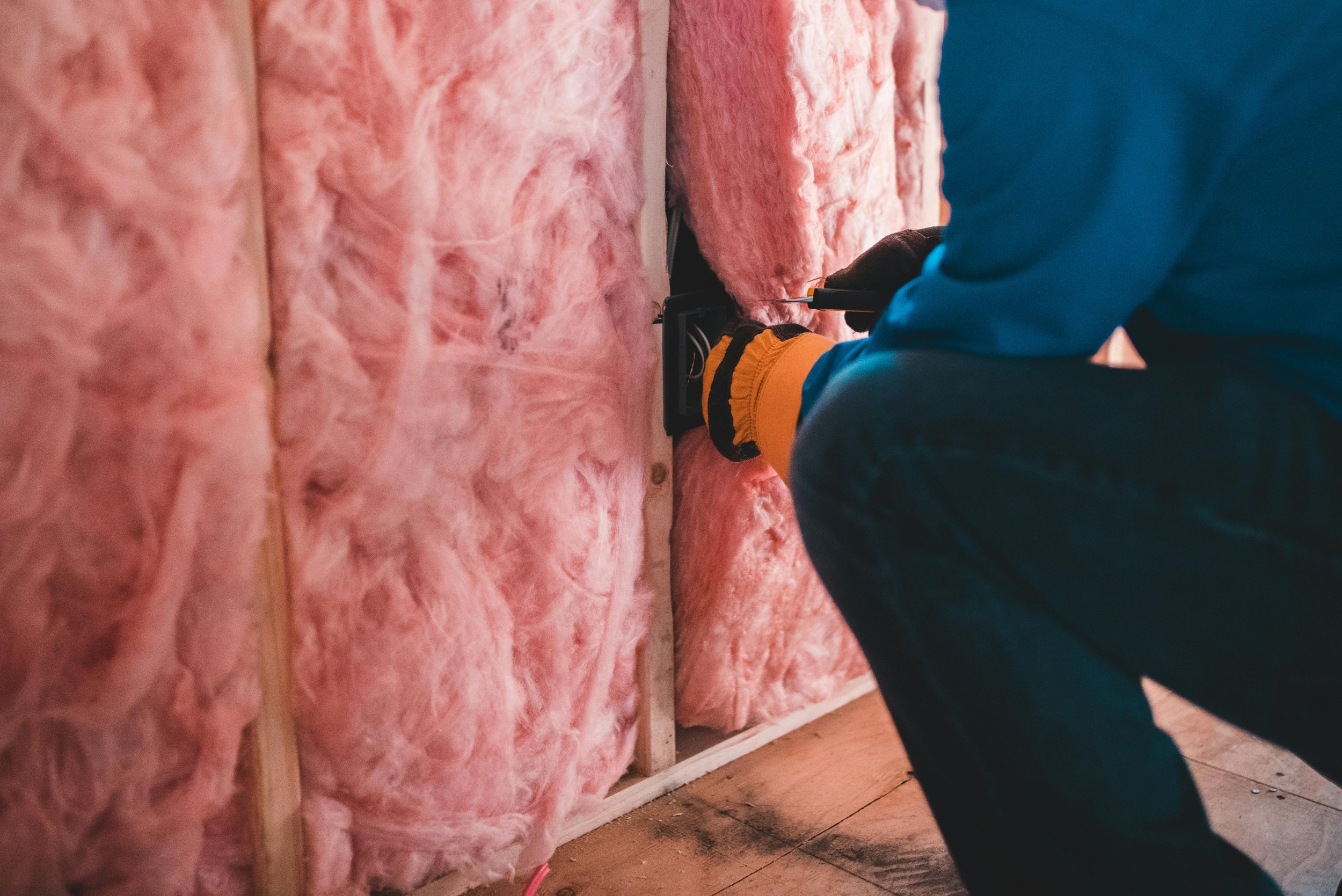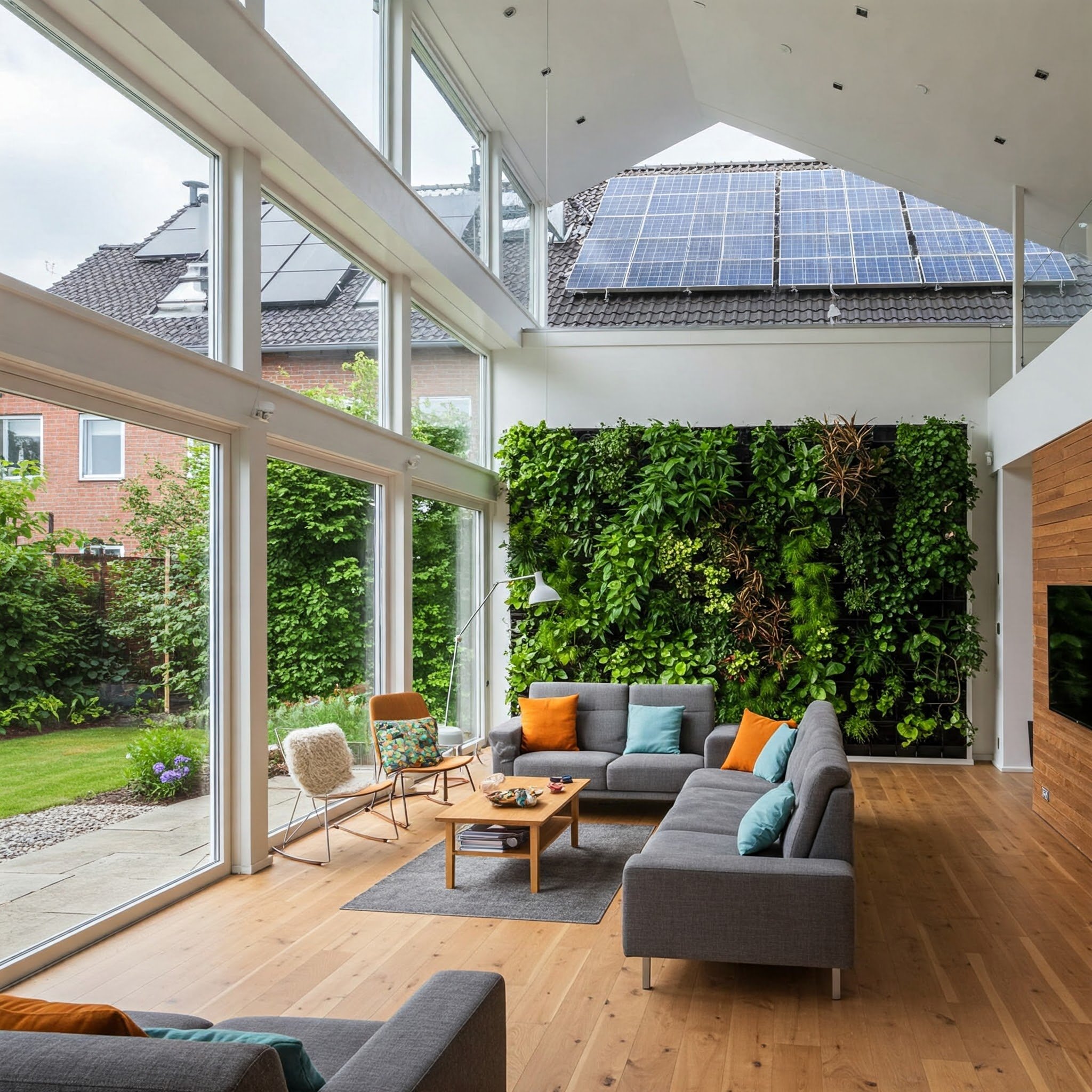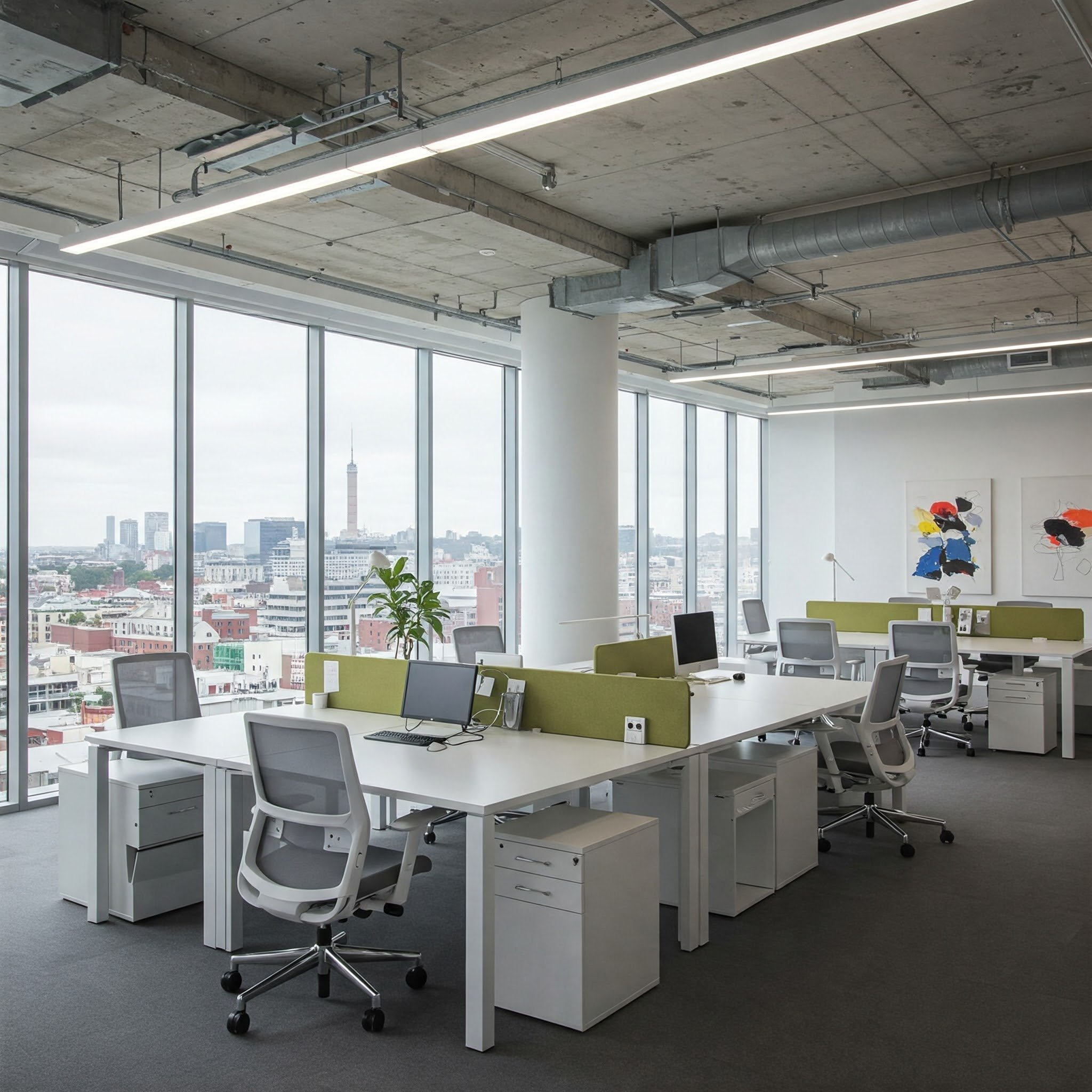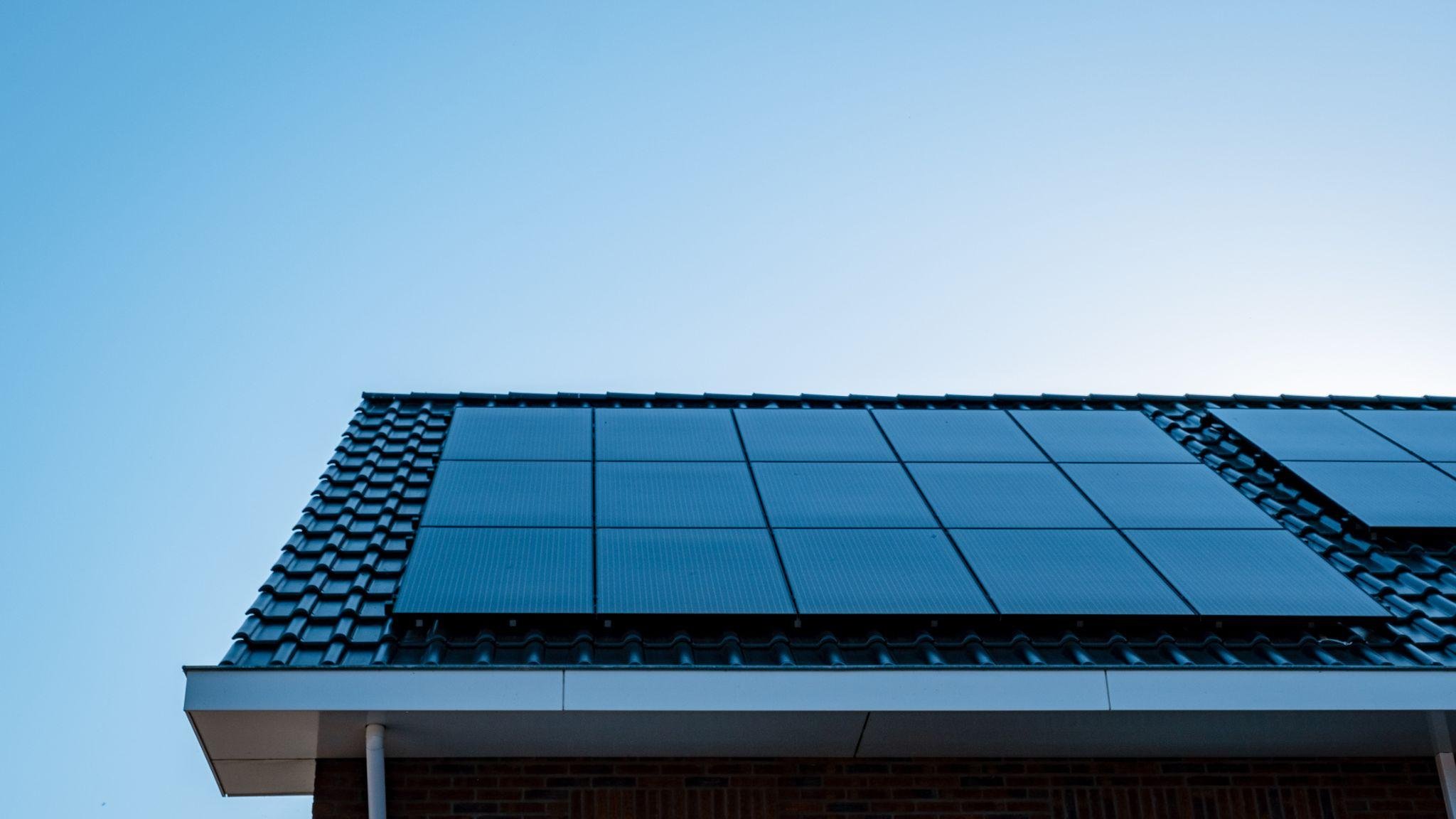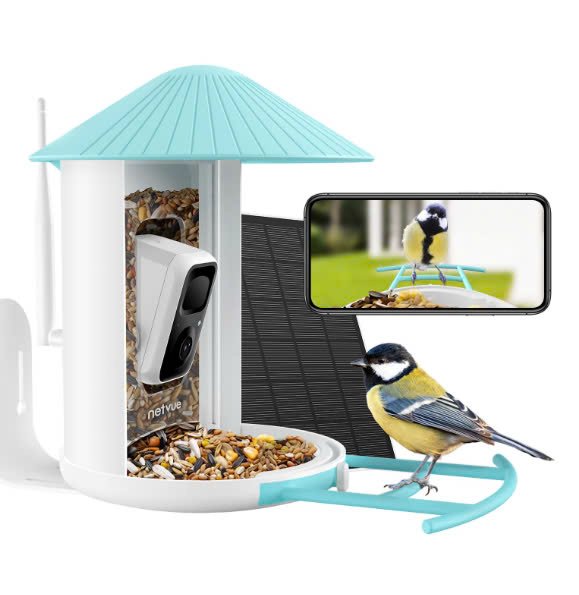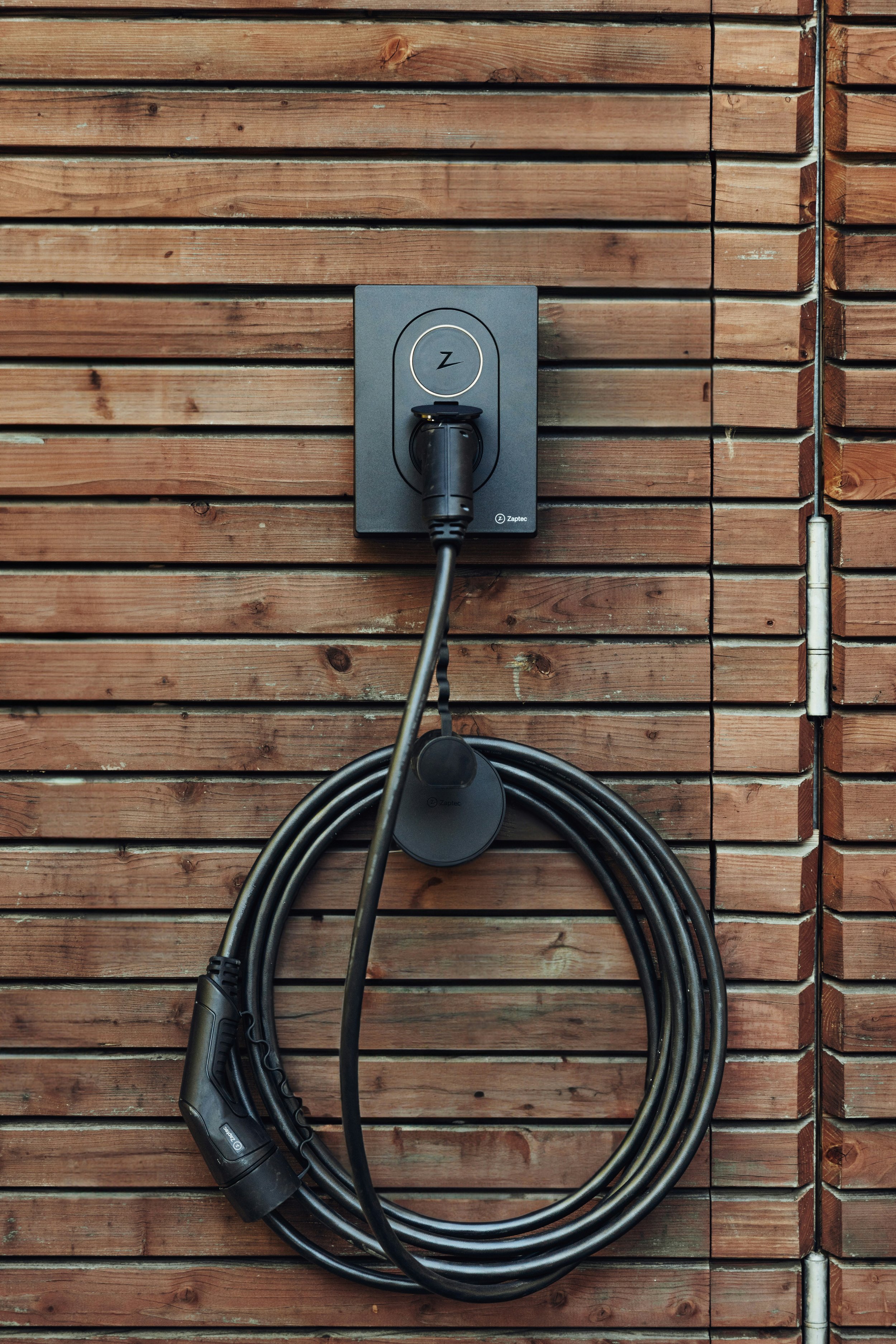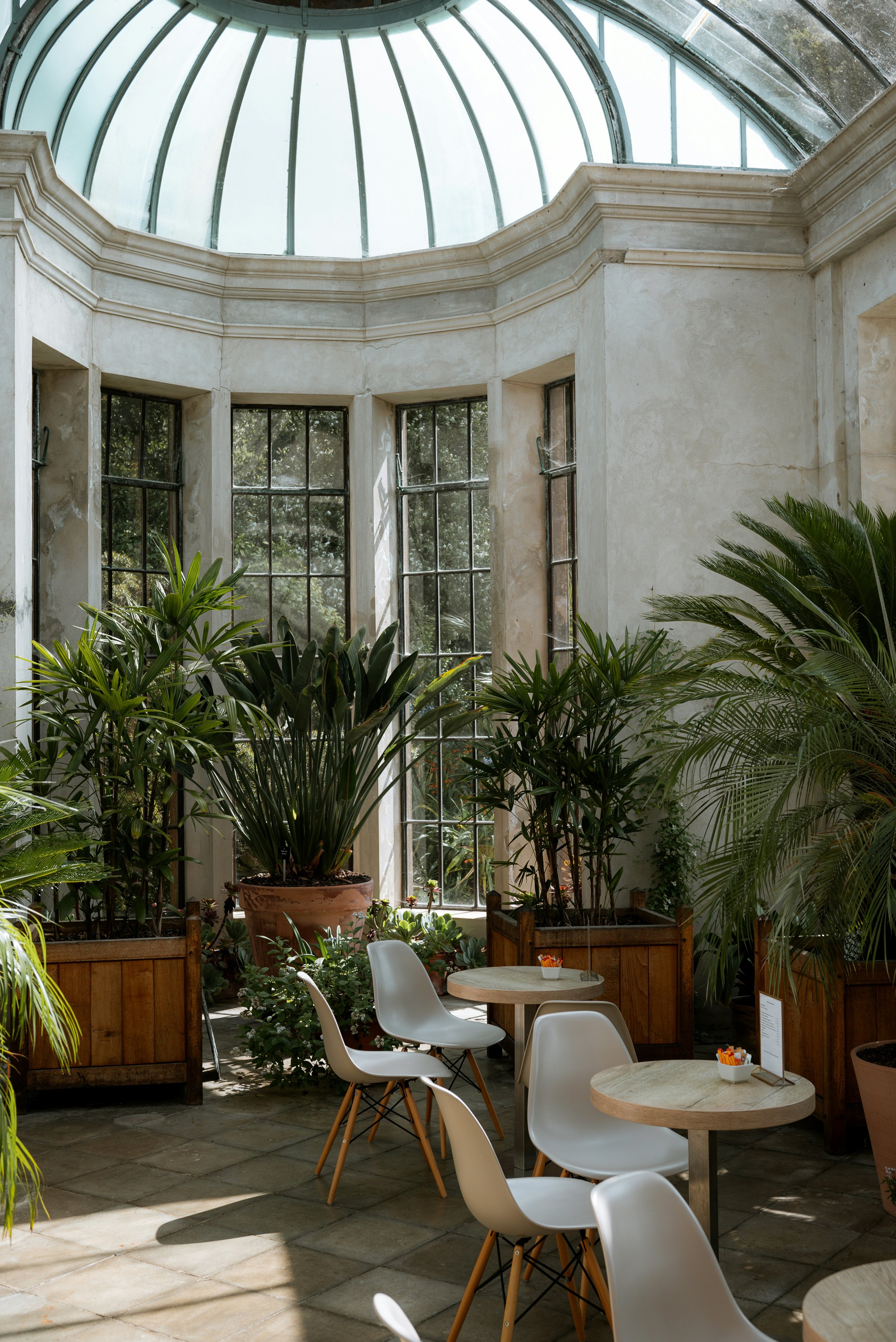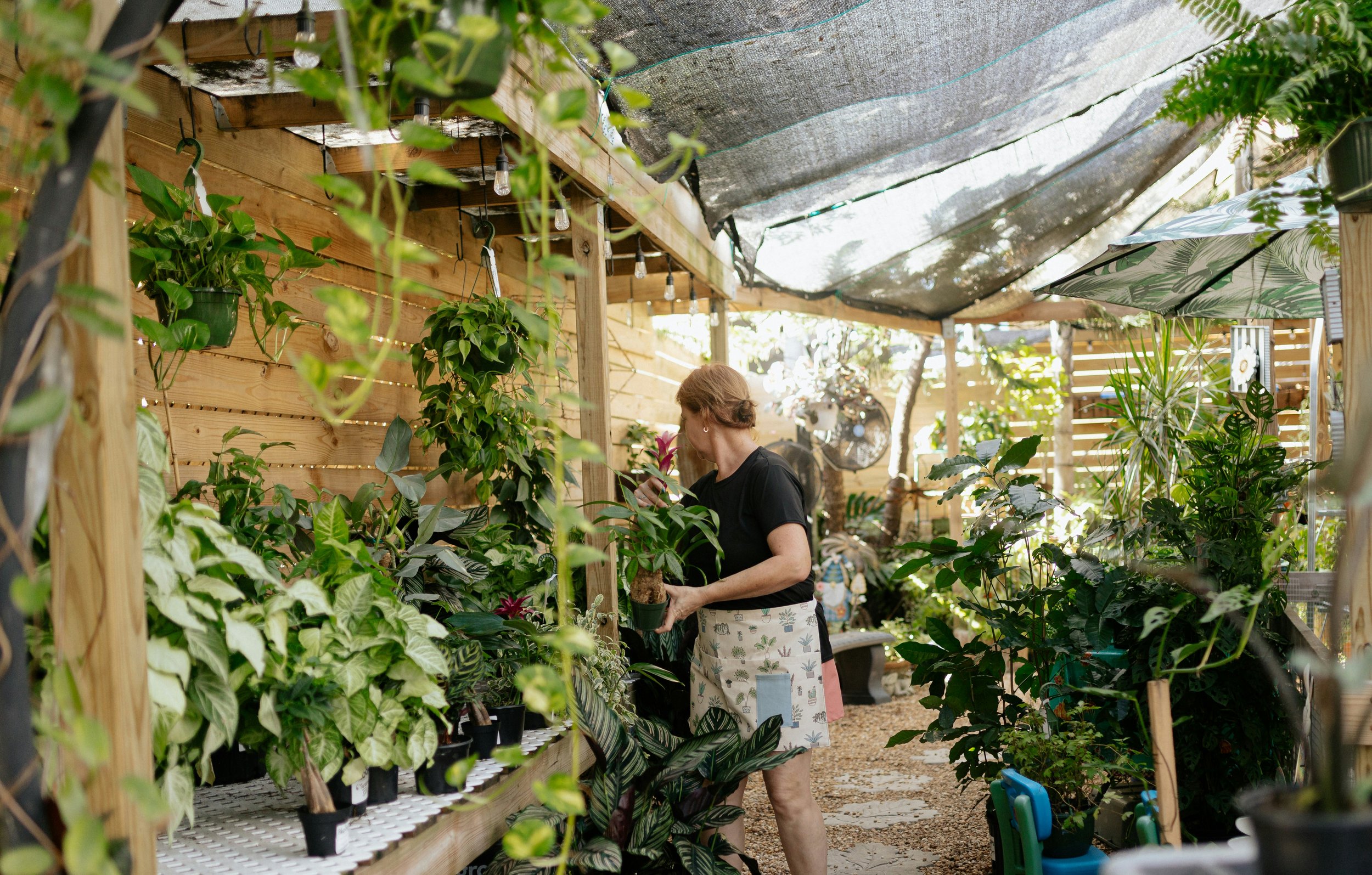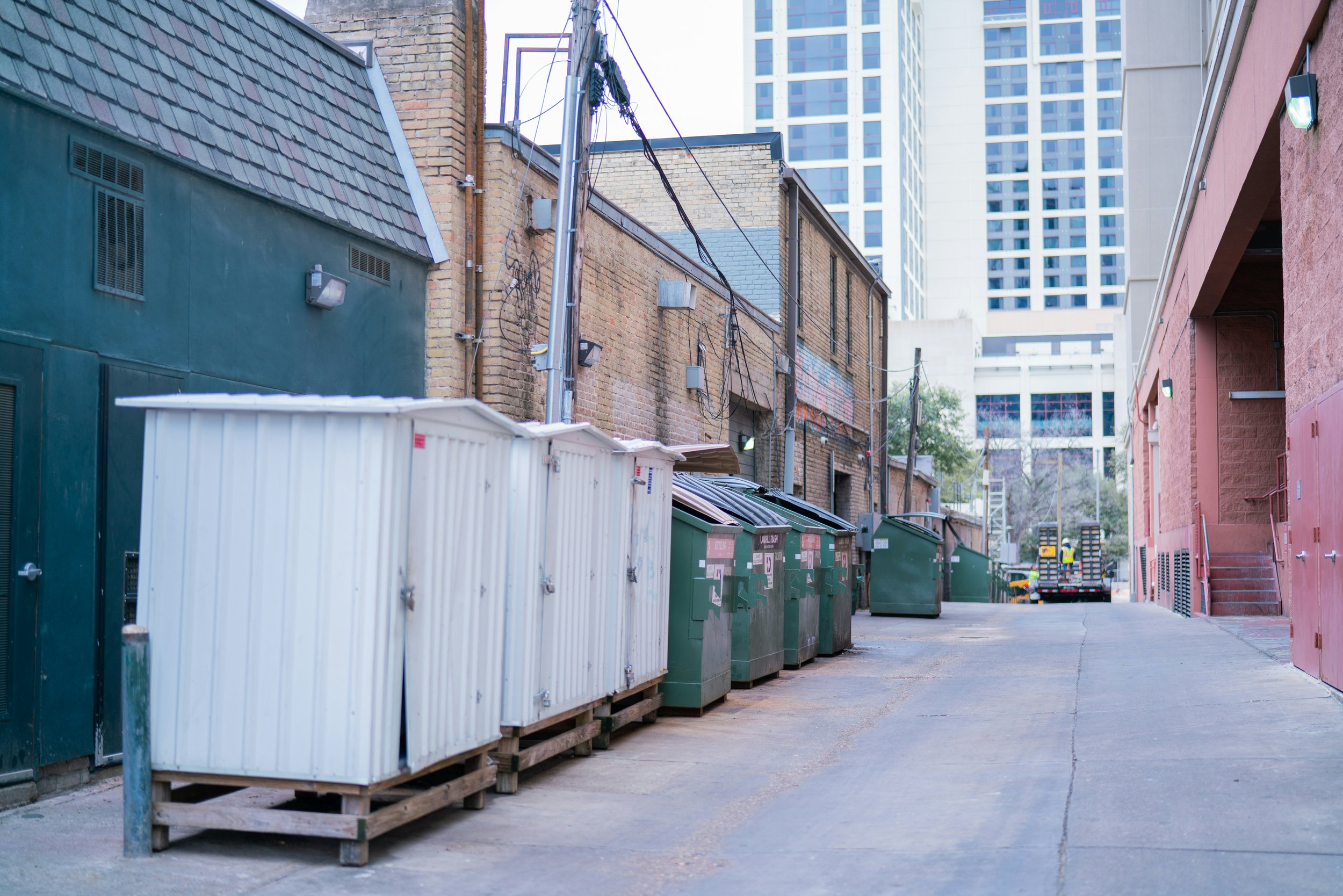Recyclable vs. Non-Recyclable Waste: 5 Recycling Tips
Discover the difference between recyclable and non-recyclable waste with our top 5 recycling tips for a more sustainable lifestyle.
Identifying recyclable and non-recyclable waste correctly allows you to dispose of waste in an environmentally friendly way. Recyclable waste is manufactured into new products after it’s collected and processed, whereas non-recyclable waste ends up in landfills. In this article, we cover the difference between recyclable and non-recyclable waste and recycling tips to help you separate waste and recycle safely.
What is Recyclable Waste?
Recyclable waste can be used to manufacture new items. Whether or not waste can be recycled depends on its chemical and physical properties. The recycling process reduces waste, pollution, demand for raw materials, and energy consumption. Properly identifying recyclable waste has numerous benefits, such as reducing pollution and improving air quality. Household recycling centers collect waste materials, some of which are collected from curbside bins and cleaned. Then, this waste is reprocessed and manufactured into new products.
Types of Recyclable Items
Some of the most common recyclable household items include the following:
Glass
Plastics
Paper
Cardboard
Wood
Aluminum
Metal
Textiles
Batteries
Boxes
Paperboard
Containers
Electronics
What to Do With Recyclable Waste?
To properly dispose of recyclable waste, check your local waste management regulations. You may be able to sort recyclable waste and put it out for curb pickup. If not, find the nearest location that allows people to drop off recycling. It may be more convenient to have a waste management company pick up your recycling for proper disposal.
What is Non-Recyclable Waste?
Non-recyclable waste is trash that cannot be recycled due to potential biohazards. Instead, it must be disposed of in landfills or incinerators.
If non-recyclable waste is not disposed of safely, it can have a long-term impact on the environment and become a health hazard. Some of the challenges of non-recyclable waste include the overflow of landfills, the release of harmful pollutants, and high disposal costs. It’s important to properly recycle where possible in order to reduce pollution and landfill overflow.
Types of Non-Recyclable Items
Here, we’ve listed some of the most common non-recyclable items:
Bubble wrap
Straws
Mirrors
Styrofoam
Diapers
Hangers
Food waste
Juice boxes
Ceramics
Aerosol cans
Light bulbs
What to do with Non-Recyclable Waste?
Since non-recyclable waste can’t be recycled and has a negative impact on the environment, its consumption needs to be minimized. You can consider reusing some non-recyclable waste, such as plastic bags, bottles, and containers. However, if you have to dispose of them, make sure that they’re disposed of properly and safely in landfills. It’s a good idea to look for a reliable waste collection service provider to dispose of this waste.
Recyclable vs. Non-Recyclable Waste: What's the Difference?
Recyclable waste is non-biodegradable waste that can be recycled and reused, whereas non-recyclable waste cannot. Let’s familiarize ourselves with recyclable vs. non-recyclable waste based on its properties, disposal methods, and impact on the environment.
Properties
Recyclable waste: Recyclable waste is usually composed of a few compatible materials that are easy to separate while processing. Its chemical properties make it safe to recycle.
Non-recyclable waste: This waste consists of multiple materials, making it unsuitable for the recycling process. Some waste in this category is simply too contaminated to be reused.
Recycling vs. Landfilling
Recyclable waste: Recyclable waste is collected from recycling bins or curbside containers. It’s categorized and separated based on its nature and cleaned thoroughly to remove dirt and debris. Next, it is processed to produce recycled materials, which are used to produce new products.
Non-recyclable waste: This waste is collected from residential and commercial buildings and compacted to reduce its size. It is covered with soil to control the odor. Landfills are monitored to ensure that they do not negatively affect the environment, and when they are full, they are closed in compliance with federal, state, and local regulations.
Impact on the Environment and Ecosystem
Recyclable waste: Recyclable waste can be used in new products, reducing landfills and preserving natural resources. Recycling waste instead of disposing of it in landfills or incineration it reduces pollution.
Non-recyclable waste: Disposing of most non-recyclable waste has adverse negative impacts on the environment and ecosystem. It releases toxic fumes, gasses, and contaminants that affect air quality, soil, and water. Even landfills take up large amounts of space, which contributes to the destruction of natural resources.
5 Best Tips for Recycling
Proper recycling helps you reduce landfills, conserve natural resources, and save money. However, it’s important to recycle them properly to maximize the benefits. Here’s a list of tips for comprehensive recycling for a sustainable living:
1. Set Up a Recycling System
Whether you are dealing with recycling in your home or business, it's important to understand local regulations about what can and cannot be recycled and set up a regular system. Evaluate and monitor the recycling process to make it as convenient and effective as possible. If you are implementing recycling programs in a business, you can also promote them through various incentives. Most importantly, stay up-to-date on recycling regulations and practices.
2. Understand Which Items That Can be Recycled
Understanding what is recyclable is important for identifying items and sorting waste correctly. Some examples of recyclable waste include paper, glass bottles, metal cans, electronics, and batteries. Most recyclable materials and products have recycling symbols, so familiarize yourself with them. If you’re still unsure, consult local regulations or ask your waste management provider.
3. Separate and Sort Recycling
Waste segregation makes the recycling process more efficient. by identifying recyclable waste. For example, separating paper from plastic bags prevents harmful contamination during the recycling process. Many waste management providers will not pick up waste that is not sorted properly, so make sure to understand your pickup providers' requirements.
Manage Waste Management with Recycling
Understanding the difference between recyclable and non-recyclable waste is important for effective waste management. Proper waste management helps you preserve natural resources and improve human health. Recyclable items like glass, plastics, and paper can be turned into new products, which saves resources and cuts down on pollution. It's crucial to dispose of these items properly by using recycling bins or drop-off points.
Non-recyclable waste, such as Styrofoam and some plastics, can't be recycled. This type of waste adds to landfill problems and can harm the environment if not handled correctly. It's best to minimize non-recyclable waste and dispose of it safely in designated places like landfills or incinerators.
By following recycling guidelines, separating waste correctly, and staying informed about local recycling rules, we can all help keep our planet cleaner and healthier for everyone. Using these practices not only reduces waste but also protects natural resources for the future.





